The views expressed in our content reflect individual perspectives and do not represent the authoritative views of the Baha'i Faith.
Aggressive, assertive, ambitious, dominant, competitive, rational, risk-taking, unemotional, promiscuous, powerful.
Affectionate, gentle, loyal, sensitive, yielding, intuitive, cheerful, understanding, sympathetic, kind, nurturing, caring.
Do these two categories of human characteristics seem gender-specific to you?
These aren’t my terms–I culled them from several different online lists of presumably masculine and feminine traits. I’m sure you can guess which list is supposed to apply to which gender.
But personally, as a man, if I had to choose between them, I’d rather have the character virtues on the second list. What about you? Which set of traits would you pick?
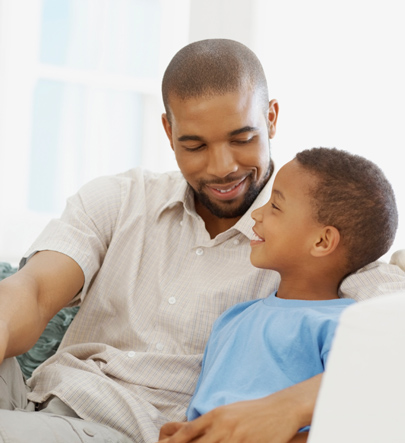 Traditionally, boys didn’t have a choice—their upbringing meant they had to choose the first list of traits. Trained that way by their fathers, who feared any deviance from the standard male roles as somehow less than masculine, you could easily summarize the old child-rearing philosophy in three words: “Boys don’t cry!” I can’t tell you how many times I heard that phrase from my own father, who obviously felt that his sons should adopt the dominating, emotionless, hyper-masculine role he had learned from his father.
Traditionally, boys didn’t have a choice—their upbringing meant they had to choose the first list of traits. Trained that way by their fathers, who feared any deviance from the standard male roles as somehow less than masculine, you could easily summarize the old child-rearing philosophy in three words: “Boys don’t cry!” I can’t tell you how many times I heard that phrase from my own father, who obviously felt that his sons should adopt the dominating, emotionless, hyper-masculine role he had learned from his father.
But now, all over the world in the 21st Century, people have begun to re-think the definition of what makes a male a man; and to reconsider why so many people think of women as weak and men as strong. For the first time, maybe ever, boys and men don’t automatically have to subscribe to the same old macho standard.
A hundred and fifty years ago, when the Baha’i Faith began, male and female roles had been prescribed and proscribed for just about forever. Thousands of years of cultural history had suppressed women and empowered men. Males had rigidly-defined roles, with little variation allowable. Any slight deviation from the norm branded you as strange. But then one of the great bounties of this new era in human history dawned—the equality of the sexes. Born in a society where women were treated as chattel property, the Baha’i Faith boldly challenged the status quo by proclaiming that women and men have equal rights:
…another of the teachings of Baha’u’llah is the equality of men and women and their equal sharing in all rights. – Abdu’l-Baha, Selections from the Writings of Abdu’l-Baha, p. 249.
In the context of that core Baha’i principle, Baha’is have a unique view of the equality of gender roles and responsibilities. In fact, the Baha’i writings say that the traditional alpha-male traits, exemplified by the initial list above, will ultimately give way to a more balanced, nuanced male role model:
The chief cause of the mental and physical inequalities of the sexes is due to custom and training, which for ages past have moulded woman into the ideal of the weaker vessel.
The world in the past has been ruled by force, and man has dominated over woman by reason of his more forceful and aggressive qualities both of body and mind. But the scales are already shifting–force is losing its weight and mental alertness, intuition, and the spiritual qualities of love and service, in which woman is strong, are gaining ascendancy. Hence the new age will be an age less masculine, and more permeated with the feminine ideals–or, to speak more exactly, will be an age in which the masculine and feminine elements of civilization will be more properly balanced. – Abdu’l-Baha, Star of the West, Volume 2, pp. 4-5.
The scientific definition of a man–a person whose cell nuclei has an x and a y chromosome—has long been overshadowed by all kinds of stereotypical, freighted, culturally-bound notions of the parameters of maleness. War, violence and aggression usually mean male. Domesticity, nurturance and tenderness almost always means female. Emotional openness and vulnerability—reserved for women. Competitive dominance and hard, cold rationality—reserved for men.
These antiquated definitions, thankfully, have finally started to change. We still have a long way to go, but we’ve certainly made progress since Baha’u’llah proclaimed the equality of the sexes in the mid-1800s, and since the Suffrage movement reached its peak a hundred years ago. As women continue to become leaders in every sphere of society the old gender limitations have morphed into something completely new: an understanding that we’re all individuals; that we all have a combination of supposedly “male” and “female” character traits that defines us; that each woman or man can direct their individual destiny no matter what their chromosomes.
So, in this era of shifting gender roles, new territory and confusing expectations for both sexes, where can we turn for our role models? How do we figure out these blurred lines and tangled expectations? What does it mean now to be a man?
The Baha’i Faith has a uniquely progressive message about gender equality, gender differences and gender roles. Not only do the Baha’i teachings themselves offer a new set of definitions for maleness; Baha’is also have an exemplar, a real role model, in Abdu’l-Baha, the son of Baha’u’llah, the prophet and founder of the Baha’i Faith. Abdu’l-Baha led an astonishing and particularly groundbreaking life, and his remarkable example of how to be a human being guides every Baha’i, male and female. In this short series of articles, we’ll examine that Baha’i message from the perspective of maleness—of what truly defines a man.
Please follow along as we explore what it means to be a man in this new era.


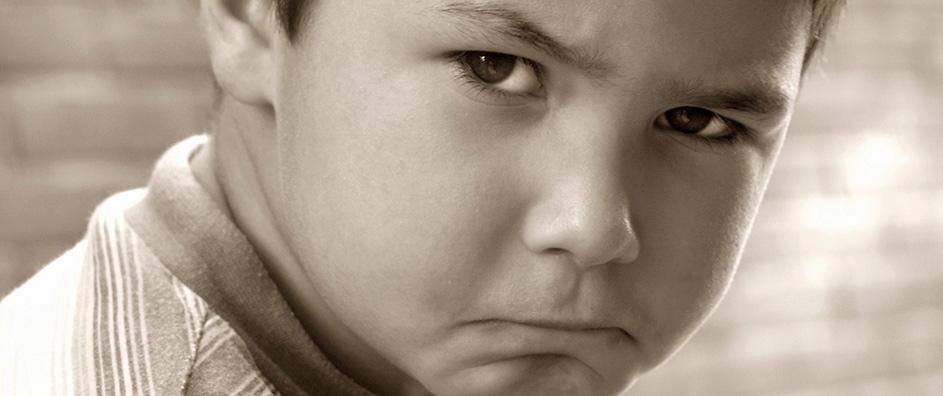

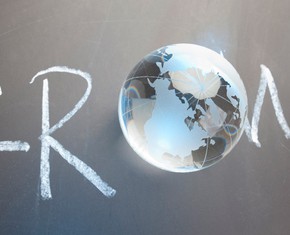

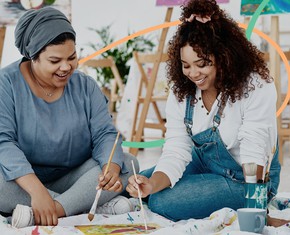
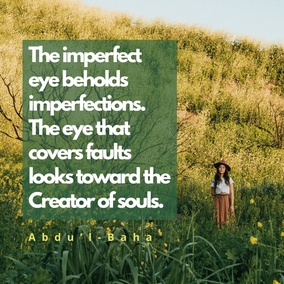
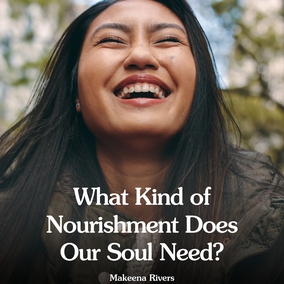


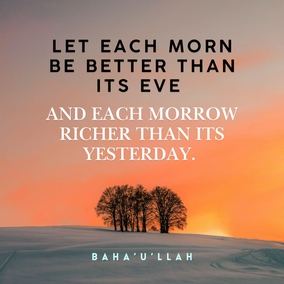
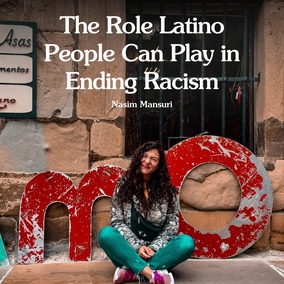



Comments
Sign in or create an account
Continue with Googleor